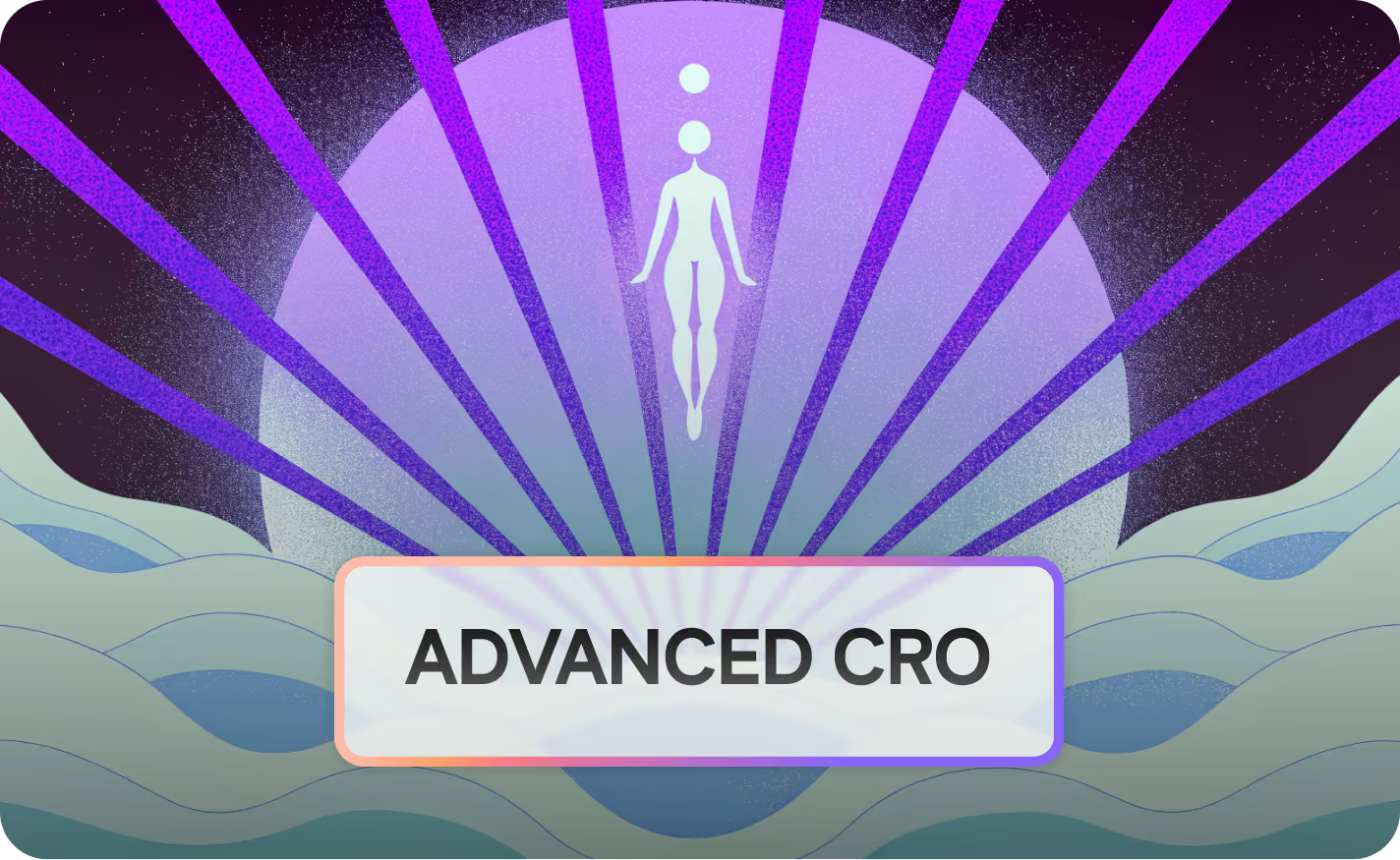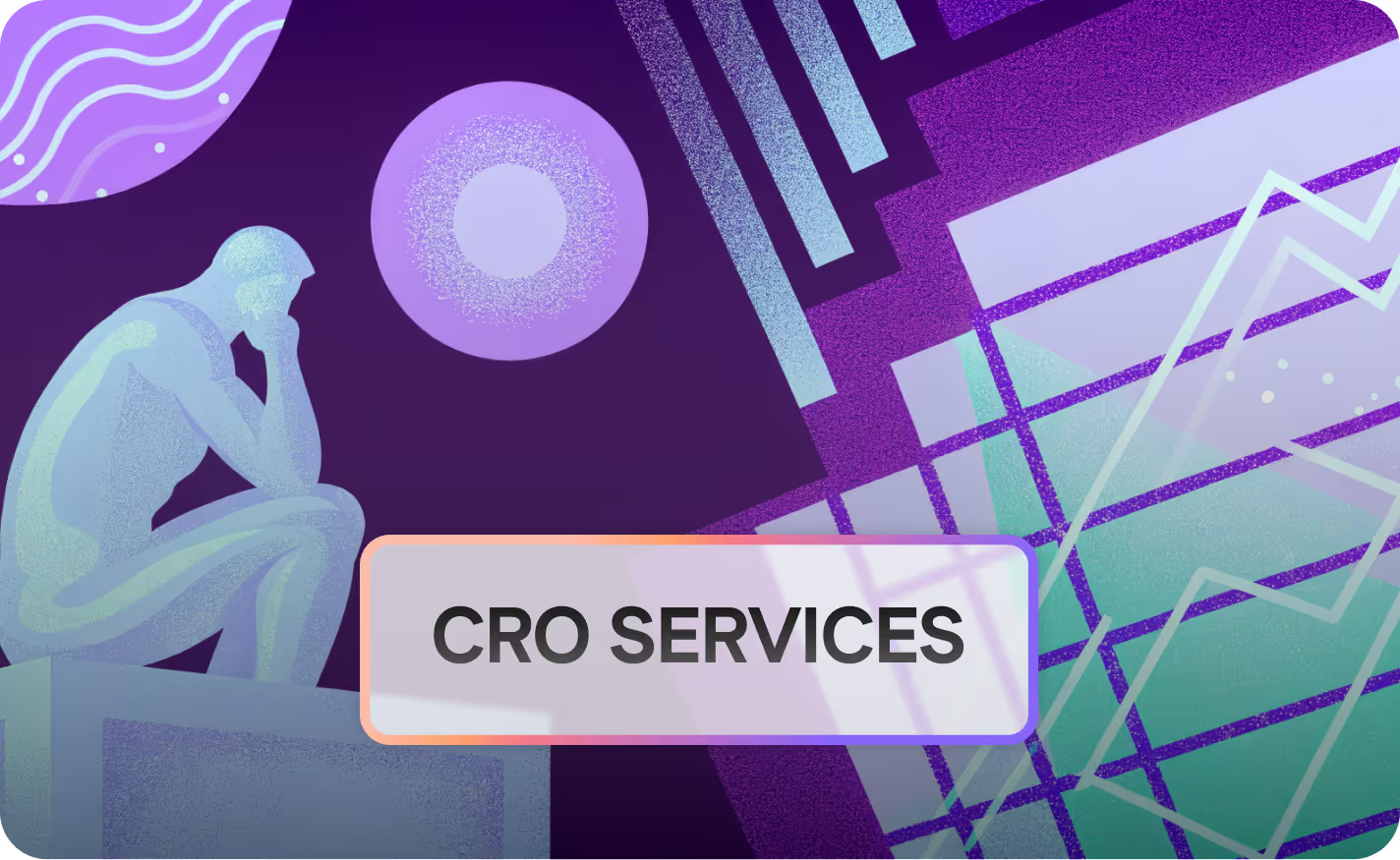Mastering New Product Launch Strategies for 2025 Success

Introduction New Product Launch Strategies

What's the silent user friction torpedoing 70% of launches before launch day even hits? In 2025, Deloitte's Consumer Products Industry Outlook reveals 95% of executives prioritize new product introductions, with 80% ramping up innovation investments - yet new products fail at rates up to 95% without data-backed validation.
Drawing from Flevy's 25 Product Launch Case Studies, I've replayed betas to uncover 30% adoption shortfalls in positioning your product, converting raw product roadmaps into metric-fueled ecosystems that drive product launch success.
Strategic Orchestration Overview
Launching a new offering demands a robust, user-centric blueprint - blending product marketing, launch campaigns, and marketing channels to attract new customers while sidestepping why product launches fail.
Framework for 2025 Mastery
This guide equips your product development team with actionable steps for the product launch process, from crafting marketing materials to optimizing the official launch date, all anchored in pre- and post-launch analytics.
User-Centric Edge Activation: By decoding user interactions via session replays, teams amplify chances for a great product launch—think examples to inspire like targeted campaigns that boost new user acquisition by 25%.
Introductory Framework to launch a product

Understanding the Launch Lifecycle
The journey of new product launches can be broken down into distinct phases, each requiring unique activities and considerations. These phases and their purpose are summarized below.
- Ideation & Development: Ensures alignment with market needs and technological feasibility.
- Testing: Validates assumptions.
- Launch: Marks the product or service's debut.
- Iteration: Ensures the product remains competitive and relevant.
Key Statistics and Insights
Understanding the current landscape is critical for successful product launches. In the 2025 Consumer Products Outlook, it is shown that 95% of companies prioritize new product introduction, with 80% increasing innovation investments for profitable growth through digital alignment Deloitte trends. This underscores the importance of prioritizing new product launch initiatives and investing in innovation. However, many launches still fail to meet expectations, highlighting the need for improved strategies and data-driven decision-making during the product development lifecycle.
The Importance of Data Validation
Data validation plays a crucial role in derisking new product launches. Tech Trends 2025 reveals AI is being woven into the fabric of lives, enabling real-time simulations that reshape industries with a potential 40% ROI uplift from data-validated strategies Deloitte trends. Employing data validation techniques throughout the product launch plan helps teams refine their approach, identify potential issues early on, and ensure the new product aligns with market demands. By leveraging data, product management teams can greatly increase the likelihood of a successful launch and maximize ROI.
Strategic Pillars for a Successful Launch

Timing and Team Synchronization
Effective product launches require precise timing and seamless team synchronization. A well-defined launch plan ensures that all aspects of the new product launch are aligned and executed according to schedule. It is critical that the product team collaborate closely to ensure a cohesive go-to-market strategy. A delay in one area can have ripple effects, impacting the entire launch timeline. Use a product launch checklist to ensure all tasks are accounted for and on track.
Building Buzz and Anticipation
Generating buzz and anticipation is crucial for a successful launch. Effective launch strategies often involve pre-launch marketing campaigns, content marketing, and social media engagement to pique the interest of the target audience. Balance app achieved #1 on Product Hunt via pre-launch waitlists and social priming, netting 100+ clients in 48 hours, emphasizing user friction spotting for 25% engagement spikes IndieHackers. These strategies can significantly increase the likelihood of a product gaining traction from the official launch. A launch event, whether virtual or in-person, can further amplify excitement and create a memorable experience for potential new customers.
Spotting Friction with Session Replays
Identifying user friction early is paramount in a successful product launch. Session replays offer a powerful tool to observe user behavior and pinpoint areas of frustration or confusion. By carefully analyzing session recordings, product managers can gain insights into how users interact with the new features, identify pain points, and make informed decisions to optimize the user experience. Spotting these points of friction prior to the launch can help ensure a successful product launch that meets user needs.
Metrics Mastery: Key Performance Indicators for Successful Product Launches

Essential KPIs for Product Success
Measuring the success of product launches hinges on identifying and tracking key performance indicators (KPIs). These metrics provide insights into user engagement, product adoption, and overall business impact.
Engagement Metric: Daily/Monthly Active Users (DAU/MAU)
Value Metric: Customer Lifetime Value (CLTV)
Statsig outlines key KPIs including MRR, CLTV, DAU/MAU, with examples showing a 30% churn reduction via feature adoption tracking during launch phases (Statsig). Monitoring these KPIs enables product teams to assess the effectiveness of their launch strategies and make data-driven adjustments.
Post-Launch Iteration Strategies
Post-launch iteration is essential for continuous improvement and sustained success. Regularly analyze user feedback, usage data, and performance metrics to identify areas for optimization. Employ A/B testing, user surveys, and session replays to gather actionable insights. Flevy's 25 Product Launch Case Studies spans 150+ pages, detailing scenarios like sustainable packaging, revealing 30% adoption shortfalls from poor competitive positioning without iteration [Flevy]. This iterative approach ensures the product aligns with user needs and market demands. Iteration is crucial for sustained market relevance.
Real-World Examples of Adoption Gains
Analyzing real-world product launch examples provides valuable lessons and insights. Many successful product launches share common traits, such as strong market research, a well-defined target audience, and effective communication. Conversely, studying unsuccessful product launches can highlight common pitfalls, such as poor competitive positioning, inadequate testing, or misaligned messaging. By understanding both the successes and failures of others, product teams can refine their launch plan and increase their chances of launching a product that achieves adoption gains and meets market needs. Learning from product launch examples is key.
Want to ensure your product launch is a success? With LiveSession, you can gain invaluable insights into user behavior, identify friction points, and optimize your product for maximum impact.
- Replay user sessions to understand how users interact with your new product launch.
- Identify rage clicks, dead clicks, and other signs of user frustration.
- Use dev tools, console logs, and network requests to quickly identify and squash bugs.
- Analyze user behavior and feedback to continuously iterate and improve your product.
Don't leave your product launch to chance. Start your product discovery with LiveSession today and deliver products people love. Set up in minutes and experience the power of user-centric product development.
Case Study Synthesis

Balance App's Product Hunt Success
The Balance app serves as a compelling example of a new product launch that effectively leveraged pre-launch buzz and community engagement. Their strategy resulted in achieving the #1 spot on Product Hunt, leading to the acquisition of over 100 new customers within just 48 hours [IndieHackers]. The new product launch demonstrated the importance of understanding your target audience and creating anticipation prior to the launch date.
Leveraging User Feedback for Improvement
One crucial aspect of the Balance app's successful launch plan was their emphasis on actively spotting user friction and iterating based on feedback. This proactive approach enabled them to identify pain points and quickly address issues, leading to a 25% increase in user engagement [IndieHackers]. The product team's commitment to gathering and acting on user feedback played a significant role in ensuring the new product launch resonated with its target audience and delivered a positive user experience. This iterative approach is a best practice for successful product launches.
Insights from 100+ Client Wins
Analyzing the Balance app's 100+ client wins from their product release provides valuable insights into what contributed to their success. Their pre-launch marketing strategy and focus on gathering and acting on user feedback allowed them to continuously improve the product, ensuring it met the needs of its target audience. By studying their approach, product managers can glean actionable takeaways for their own new product launches.
LiveSession Integration for Enhanced Analytics

Benefits of Session Replay Technology
LiveSession offers numerous benefits for product teams seeking to enhance their product development process. LiveSession's session replay technology, which is included in all plans, lets you watch recordings of user sessions to understand user behavior. This enables product managers to identify areas where users are struggling, pinpoint usability issues, and gain a deeper understanding of how users interact with their product or service. The ability to save time on segmentation and quickly identify points of friction is crucial for a successful product launch.
Driving User Engagement with LiveSession
LiveSession is an all-in-one platform designed specifically for product people, aiming to streamline product decisions. By offering a suite of product analytics tools, LiveSession helps product teams understand user interactions and improve conversions. With features like product analytics, session replay, developer tools, and user engagement tools like heatmaps and clickmaps, LiveSession is built to maximize product-market fit and improve user satisfaction. This leads to continuous product discovery, data-informed decisions, onboarding optimization, feature prioritization, and improved product adoption.
Test Your Beta Now
Ready to take your new product launch to the next level? Start testing your beta flows today with LiveSession and gain invaluable insights into user behavior. Identify areas of friction, optimize the user experience, and ensure your product resonates with your target audience. By leveraging the power of session replay and product analytics, you can significantly increase the likelihood of a successful launch and deliver a product that users love. Don't wait, begin your free trial now and experience the difference.
Related articles
Get Started for Free
Join thousands of product people, building products with a sleek combination of qualitative and quantitative data.



